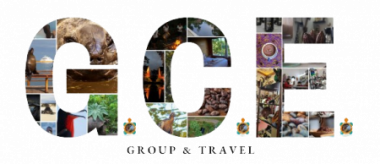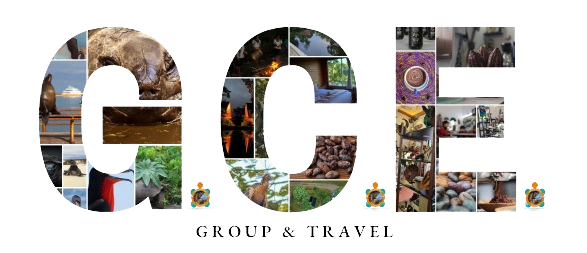
How was Darwin’s story during his stay in the Archipelago?
The HMS Beagle left England in 1831 with the purpose of charting coasts around the world, and that journey lasted five years. A young naturalist called Charles Darwin arrived to the Galapagos Islands aboard it in 1835.
Darwin was a curious scientist, and he took notes and speculations about everything he saw on the sea and at every place he visited: these facts allowed his arrival to Galapagos and create, from that point, the theory of evolution that nowadays we know.
His journey at Galapagos
Captain Fitzroy commanded the HMS Beagle, which led Darwin to discover the fragile ecosystem of the Galapagos Archipelago. The ship stayed only 5 weeks in only four of the islands (San Cristobal –Chatham-, Floreana –Charles -, Isabela –Albemarle-, and Santiago –James-), but during that time, Darwin had the most impressive findings.
- When he arrived to the first island, San Cristobal, Darwin wasn’t surprised by what he saw. In fact, his notes were a little unfriendly, and showed quotes like these: “The black rocks heated by the rays of the vertical sun like a stove, give to the air a close & sultry feeling. The plants also smell unpleasantly. The country was compared to what we might imagine the cultivated parts of the Infernal regions to be”.
- A little time later, he realized how fragile and friendly the wildlife in Galapagos is, even when his notes show some indifference or little impression on what he observed.
- He visited Floreana, where he comprehended that tortoises and land iguanas were more relevant for being gentle species than for being food.
- Then he jumped to Isabela, where he studied the iguanas.
- And finally arrived to Santiago, where he stayed with a small group at Buccaneer Cove to explore the highlands, see the tortoises, and study a big number of birds.
It was only when Darwin returned to England, when he started studying the samples he collected, that he showed his appreciation and respect for that fragile environment that nowadays tourists enjoy visiting. Then, everybody knows what happened: Darwin wrote his theory, and our perspective on life evolution changed forever.
Darwin’s unknown collection was recently found
Howard Falcon-Lang, a British researcher, found a true gem that had been lost for a long time, and it was so casual that it could be taken as a joke! Falcon-Lang does research for the British Geological Survey, where he works and spends most of his time, and according to him, there are “a few surprises” that show up from time to time.
He said he was walking through a corridor when he saw an old cabinet that no one remembered to check, and there, being filled with curiosity, he found the precious collection inside one of the drawers: some rock samples collected by Darwin during his trip aboard the HMS Beagle, including most from his days at the Galapagos Archipelago, the place that led him to discover, structure, and publish the revolutionary theory of evolution that changed how we thought humans and animals developed as species.
- These samples were lost maybe due to a person Darwin entrusted them, the scientist J.D. Hooker, who may have forgotten them in that drawer. Nonetheless, these rock samples do not change any point of the theory at all, but quite the opposite: they reinforce that theory as a proof that remained in the darkness for more than 180 years!
Galapagos Center Expedition tells you everything about Galapagos’ history, to keep you updated about the most interesting topics you want to know about your islands!




